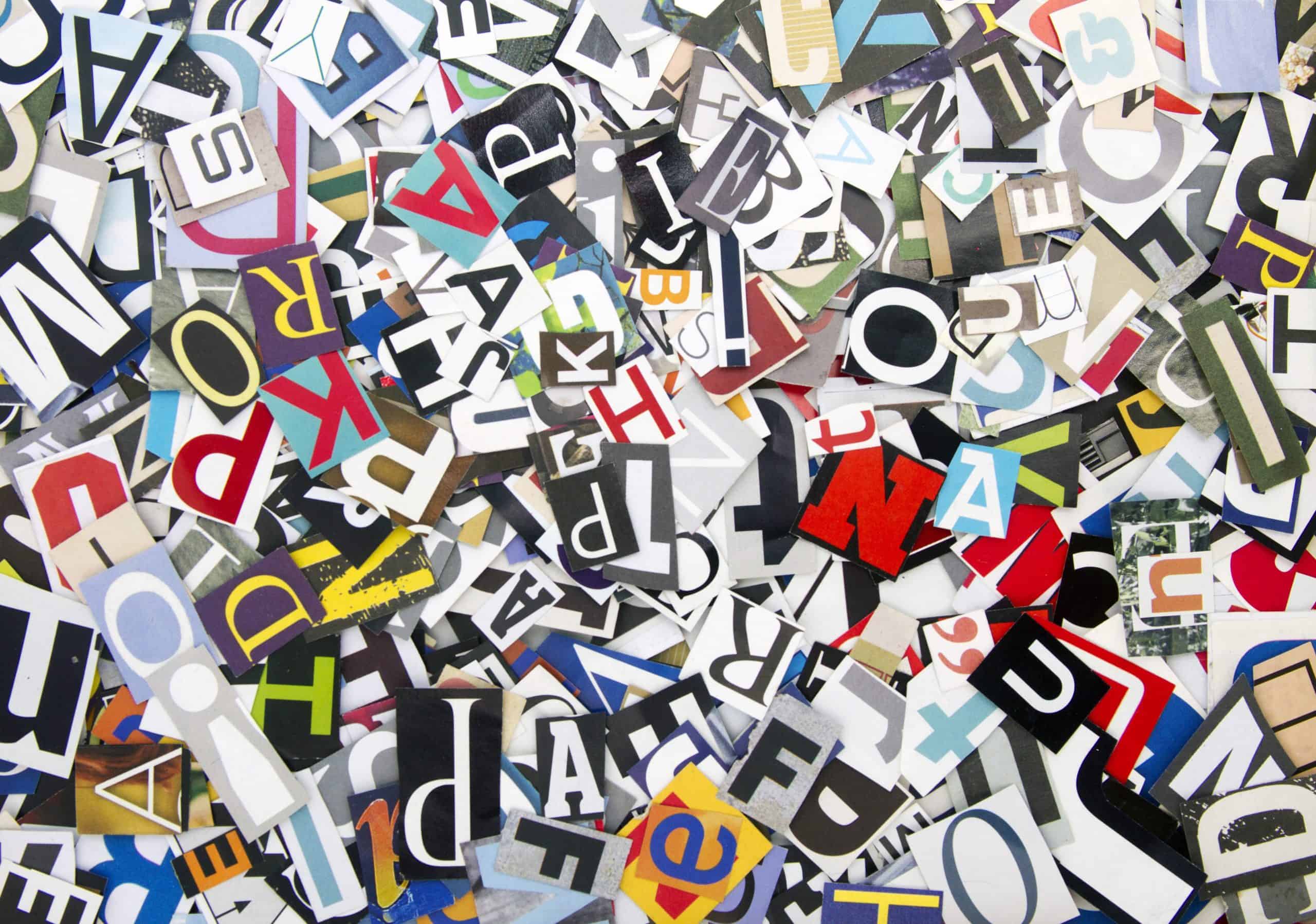Typography
Graphics has been one of the leading forms of art of this century. From the picture making to the writing style, graphics are involved in every step of the modern art culture of the poster, writing or other forms. It has been observed that without the impressive writing style, no connection is built between the message and the words and the person reading them. Words have their emphasis on style, colors, and way of explaining the situation through their depiction and this is where Typography comes. Typography is an important element of graphics as it is all about the font, their style, their story, and their production.
A typical definition of typography in the form of art that is about arranging the letter and text in a certain manner to make the text clearer, visible and legal. Since it involves the font style, size and appearance, the delivery of different emotions are attached to it. If the text does not have the appropriate style and appearance, the text is bound to have lesser meaning hence standing out less and no outstanding work done as per to say. That is why the emphasis is on the way the letters are selected and how they are presented to the viewer so the attention can be grabbed.
The importance of typography cannot be denied. While many think of typography as an art form in which letters and words are arranged in a specific arrangement to increase their readability, it delivers more functions than that. Typography engages a reader with the words and increases the chances of accessibility, readability, and authenticity by just a few styles of tricks. It adds to the experience of the user in terms of influence, product’s tone and grasp of capturing the most realistic approach. It also cannot be denied that through typography, the attention of the reader is always towards the message.
Now, it may seem that typography has a lot of fonts to select and color for appearance and sizes to play with but it is much more difficult than that. Different Elements are observed and included when typography is being done. These different elements include;
-
Font and typefaces
– one should not get confused between font and typeface because these two are separate things. The typeface is a design style while the font is a member of the typeface.
-
Contrast
– it is about the conveyance of the message and the emphasis that writing is bound to send to the reader. Without contrast, the emphasis or importance cannot be delivered.
-
Consistency
– consistency is to avoid any confusion or messy interface that can make a reader get doubtful about the writing.
-
White space
– white space is often referred to as negative space in graphics. Though it is not given much importance, but the fact remains that without white space, no writing with meaning is possible. White space makes the writing or the message clear and readable.
-
Alignment
– alignment is about the process of keeping the text in order like equal and right size, color, logo, header, etc.
-
Color
– with color, one can play and increase the value of the text. It is an exciting element but must be handled carefully as over usage of colors can ruin the purpose of it.
-
Hierarchy
– it is of utmost importance that hierarchy must be attained in the writing. Few lines need more importance and they stand out more, some words to be read before others and that is what hierarchical balance is about. For the best results of hierarchy, color, contrast, alignment, and size is used very carefully and critically.
When all elements are in place, an outstanding result is produced that attracts the attention of a reader without any delay. Different other features must also be considered like personality, tone, function, inspiration, or performance that is being delivered through the text. That is why typography is considered one of the most important fields of graphics.



